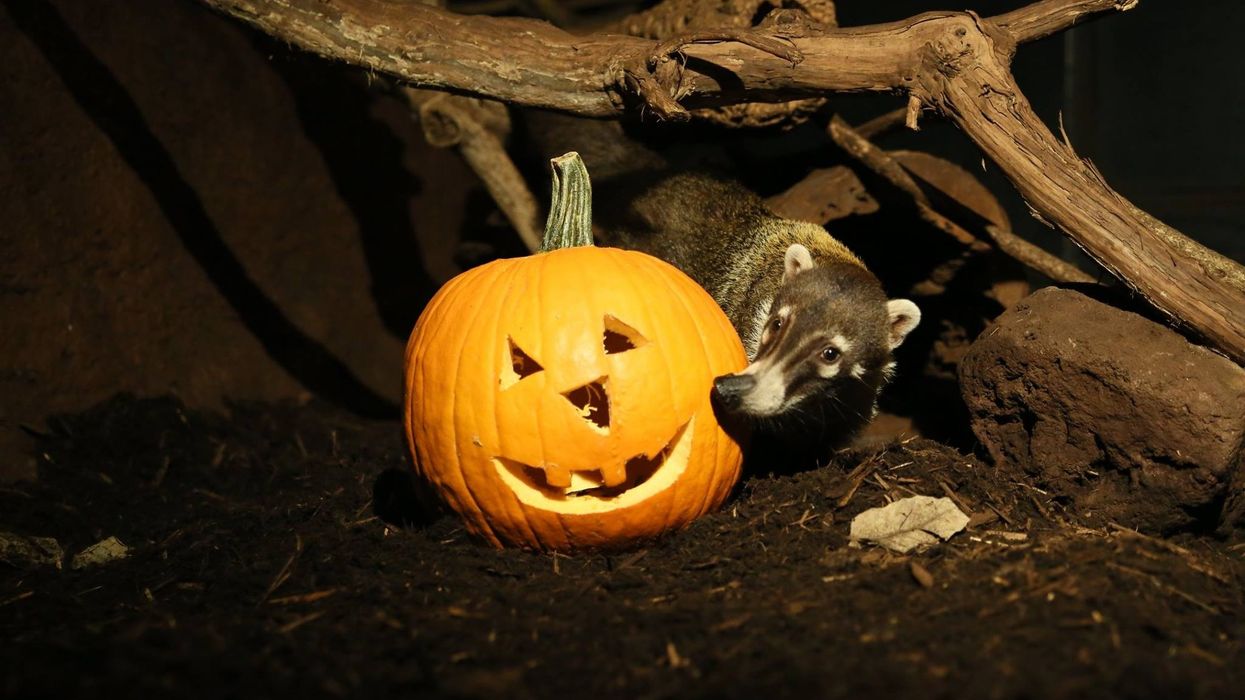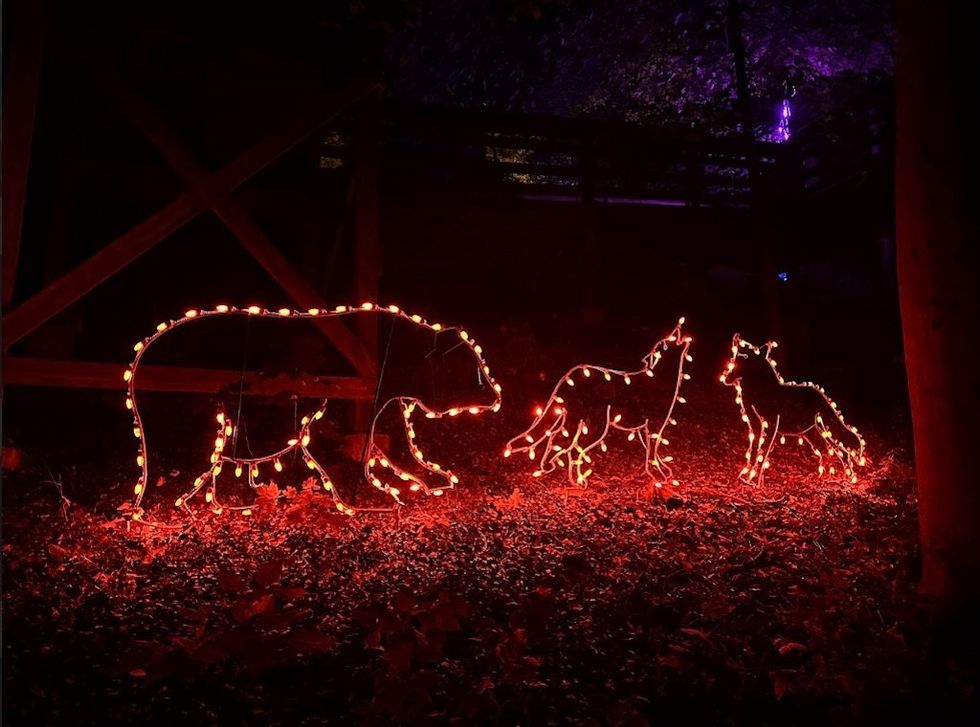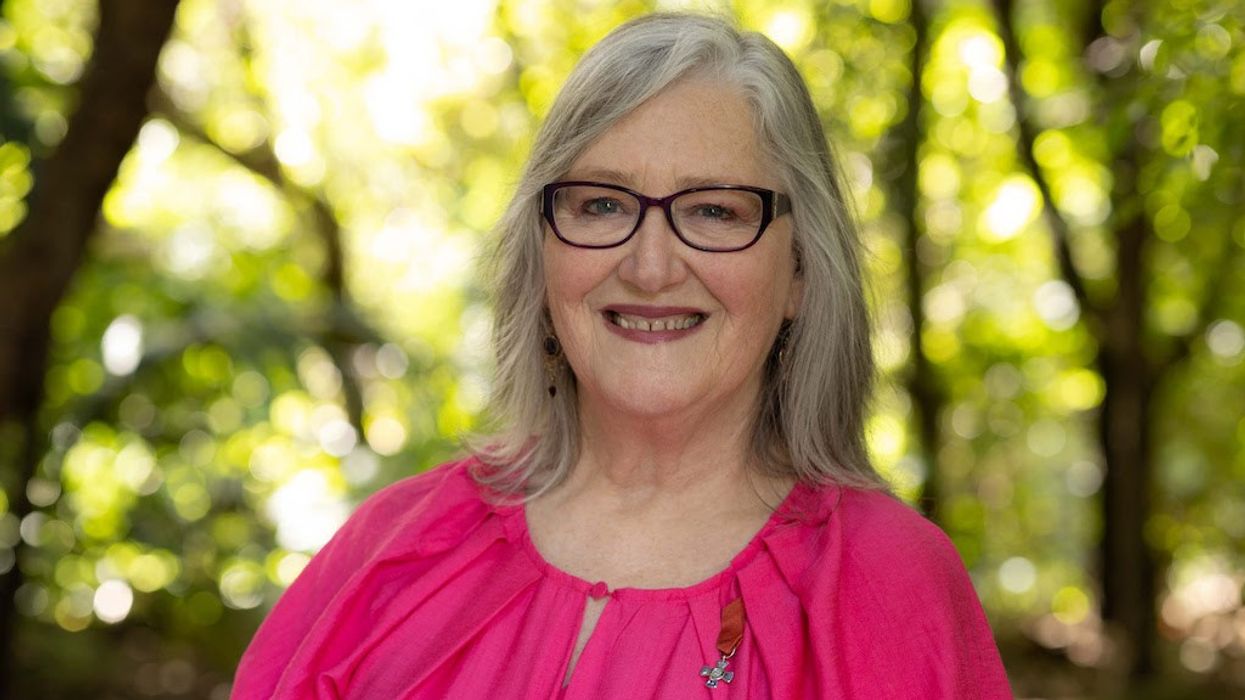The Smithsonian's National Zoo and Conservation Biology Institute (NZCBI) has announced a major conservation partnership with Saudi Arabia 's AlUla.
The agreement with the Royal Commission for AlUla (RCU) involves the conservation and loan of critically endangered Arabian leopards from Saudi Arabia.
It brings together NZCBI's conservation science expertise with RCU's successful breeding programme to help establish a backup population, advance ex situ and in situ conservation and research, and raise awareness for Arabian leopards.
The organisations will launch a joint conservation and research plan, and are exploring the possibility of an Arabian leopard exhibit at the National Zoo in Washington, DC.
Brandie Smith, director of the Smithsonian's National Zoo and Conservation Biology Institute, said: “Saving the world’s most vulnerable species takes global cooperation, scientific rigor and innovation – and that’s what we do best.
"For decades, we’ve delivered data-driven solutions and applied our deep expertise to protect species on the brink."
She added, "Together, we’ll lead collaborative research, create the only Arabian leopard exhibit in the United States and inspire millions to help secure a future for this magnificent animal and the ecosystem it depends on.”
Arabian leopard exhibit at National Zoo
The Arabian leopard faces an extremely high risk of extinction in the wild and is classified as critically endangered on the International Union for Conservation of Nature’s Red List.
Fewer than 120 Arabian leopards are estimated to survive in small, isolated groups in Oman and Yemen. The species is considered possibly extinct in the wild in Saudi Arabia.
RCU manages a cutting-edge Arabian leopard conservation breeding centre in Taif, Saudi Arabia. Since RCU assumed management in 2020, the leopard population there has more than doubled.
This year, the centre achieved accreditation from the European Association of Zoos and Aquaria (EAZA). It is the first wildlife institution in Saudi Arabia to meet these high international standards.
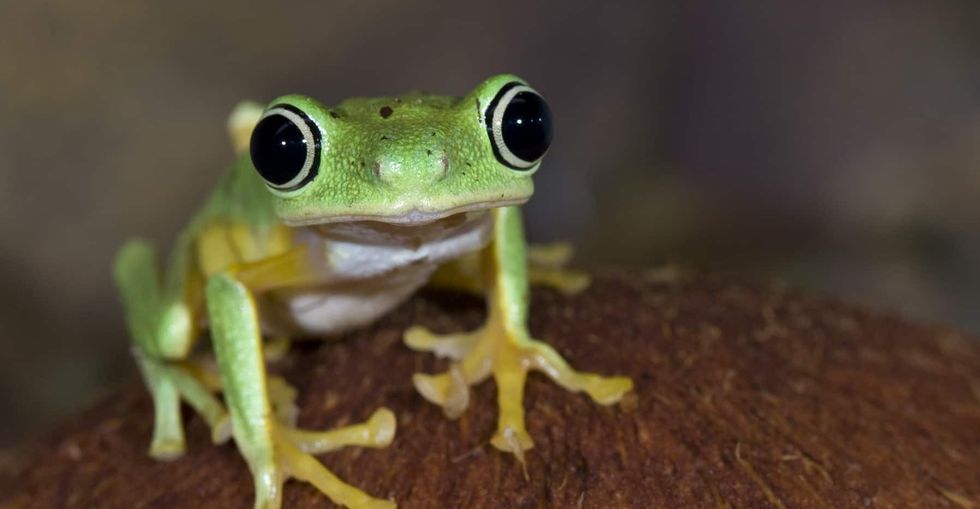
Abeer AlAkel, CEO at RCU, said: “Sharing these precious animals allows us to establish a vital backup population and bring the story of this magnificent species – a true symbol of Saudi Arabia’s natural heritage – to a wider international audience.
"It reflects our deep commitment, under Saudi Vision 2030, to restore ecological balance and ensure these animals thrive for generations, with the ultimate goal of returning them to their native habitat in AlUla."
RCU and Smithsonian museum team up
Also teaming up with RCU is the Smithsonian's National Museum of Asian Art to create a new collaboration for cultural exchange between the US and Saudi Arabia.
RCU and the museum will take part in joint research projects, work together on exhibitions, and exchange objects.
Upon completion in 2035, AlUla will be the world’s largest living museum.
Images courtesy of RCU and NZCBI
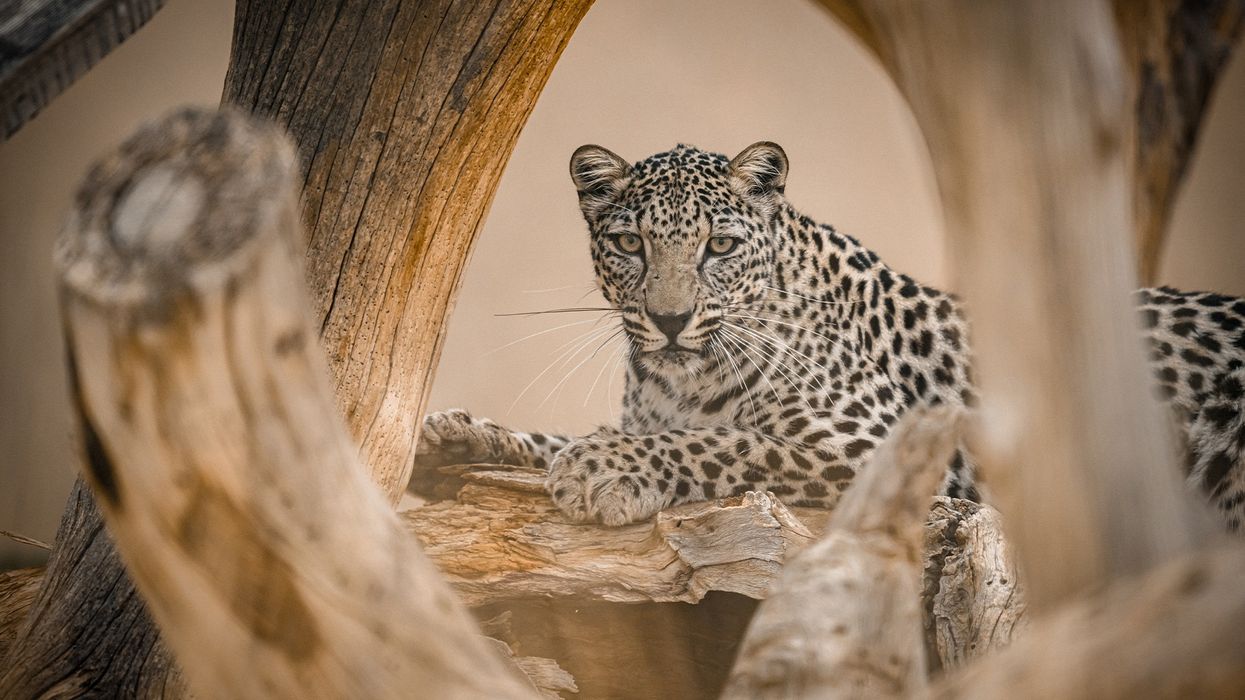

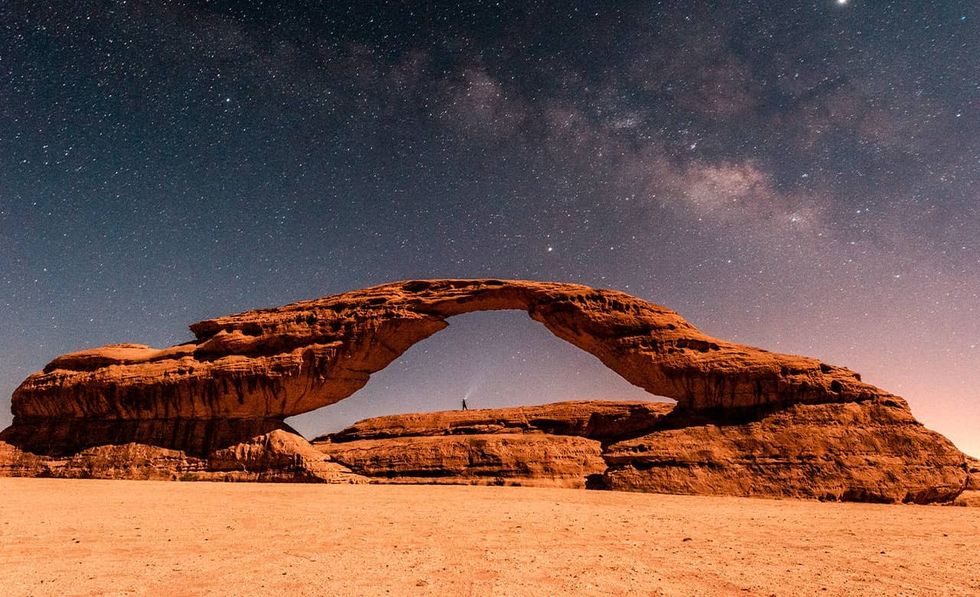
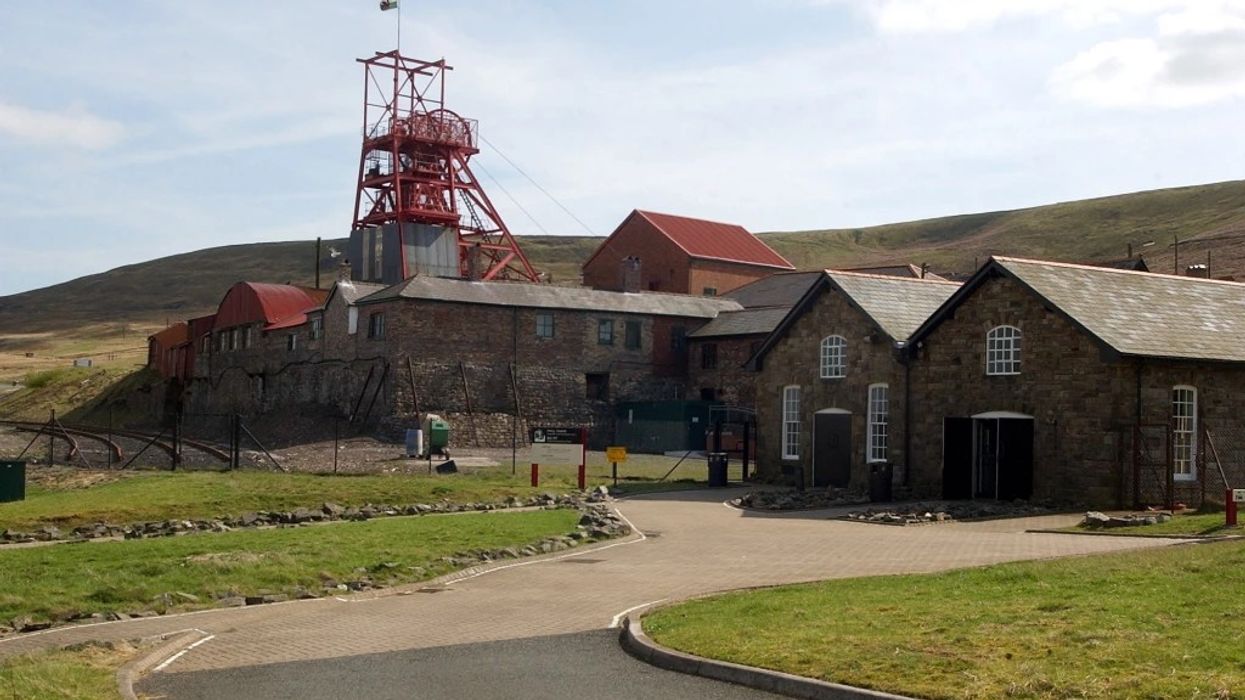


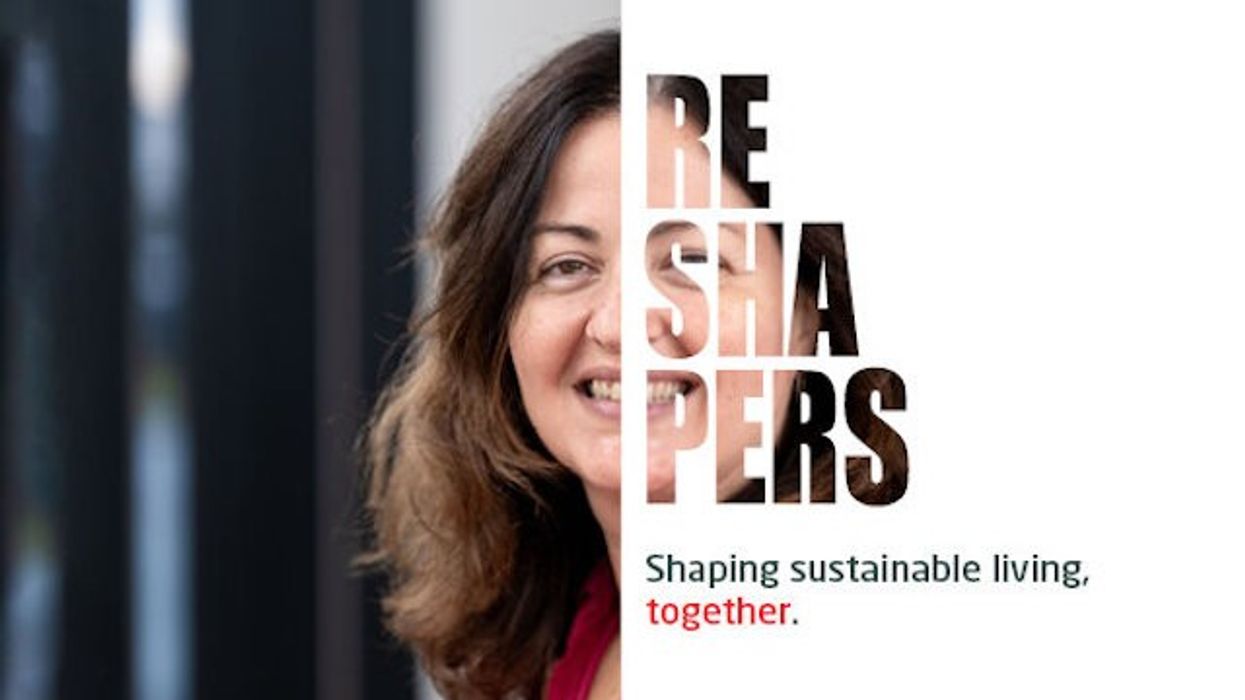
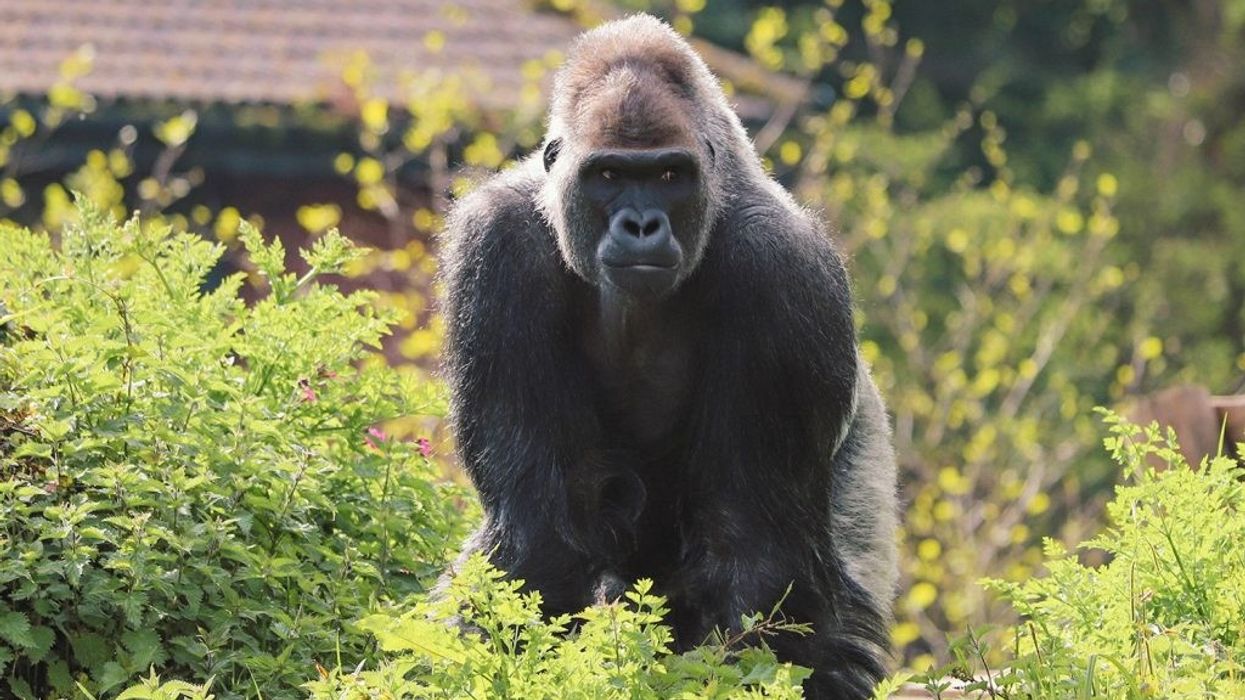
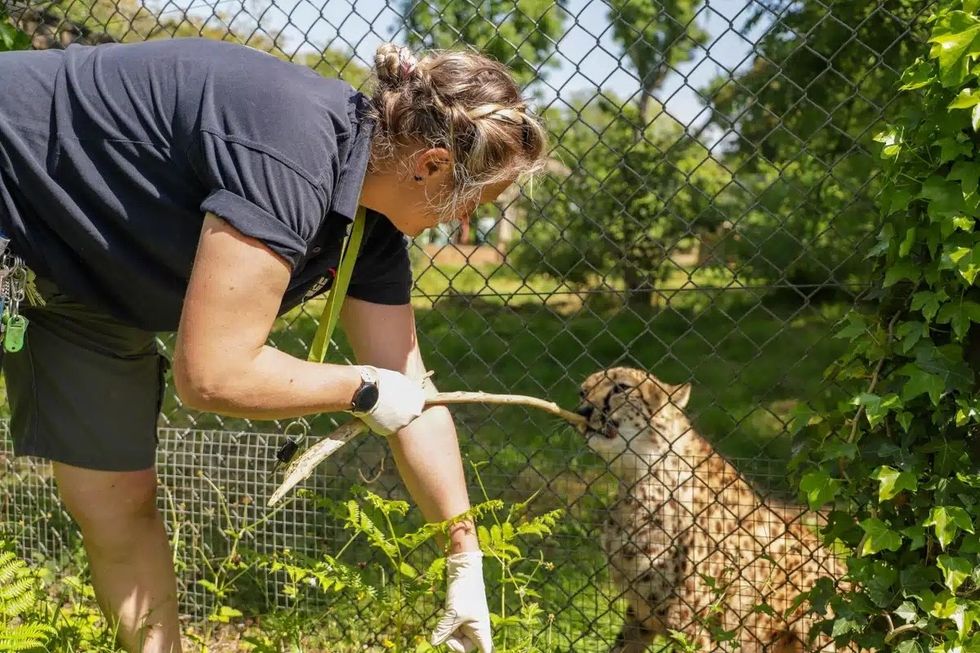


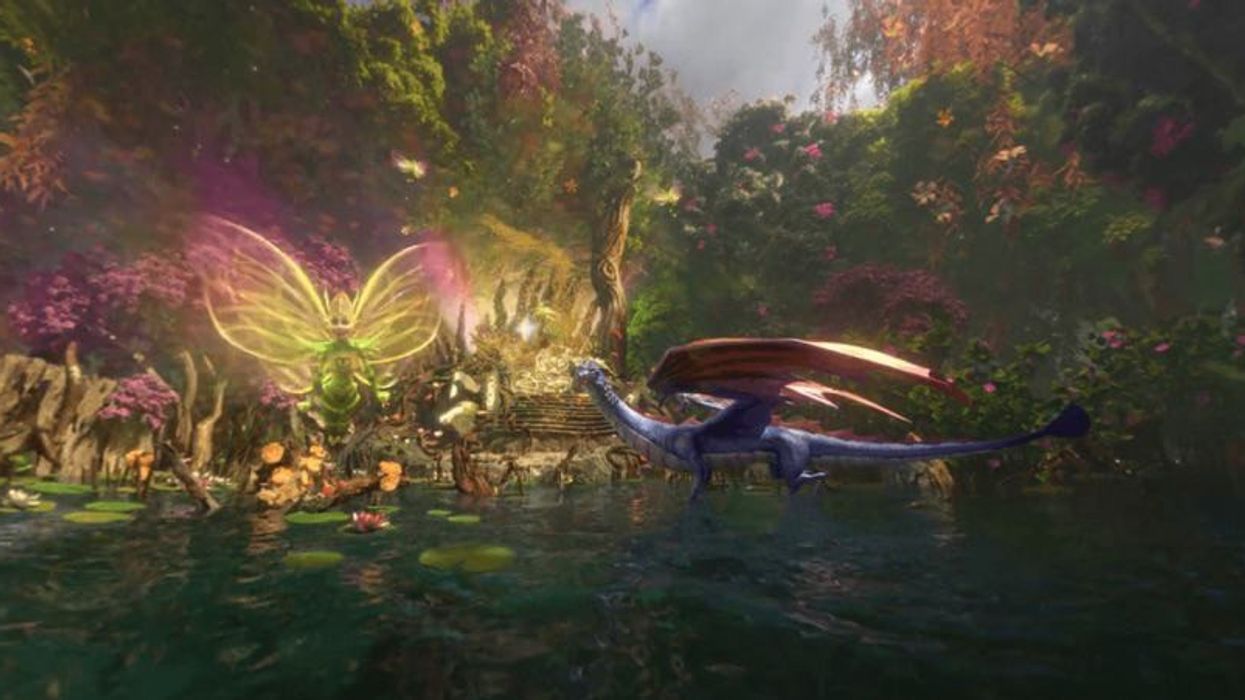

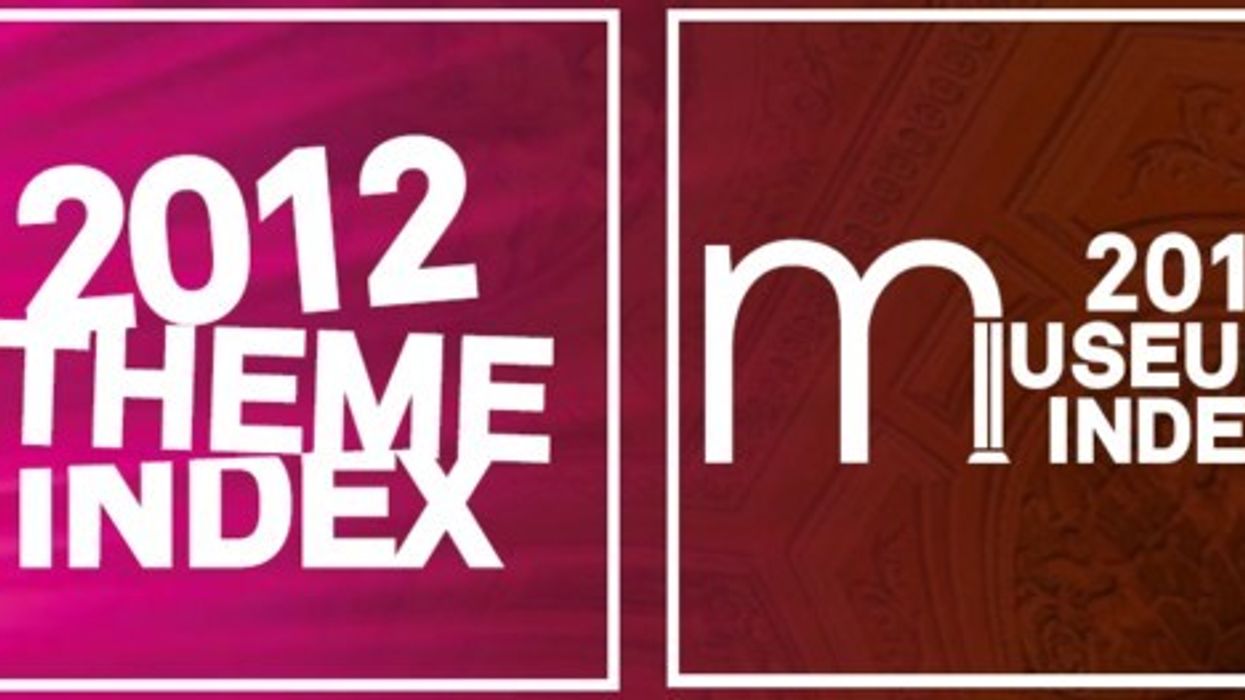




 David Rosenberg, Vice President of Guest Experience
David Rosenberg, Vice President of Guest Experience